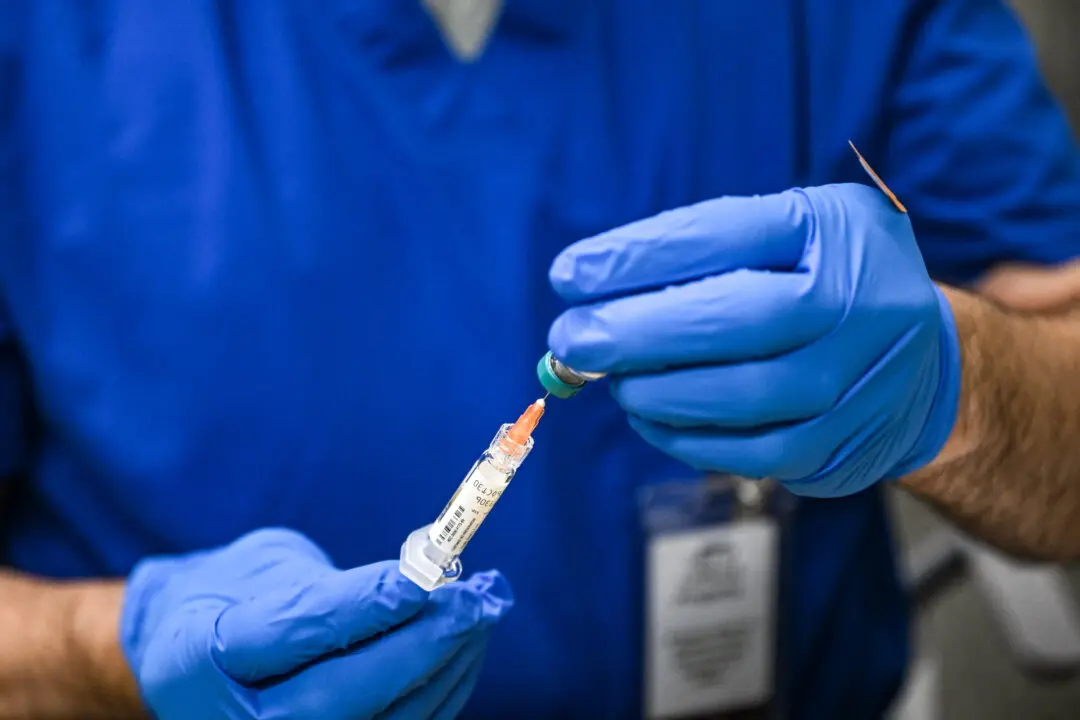New York and three other states have signed a pact to share information on guns used in crimes.
New York Gov. Kathy Hochul and three other Democrats—Connecticut Gov. Ned Lamont, Pennsylvania Gov. Tom Wolf, and New Jersey Gov. Phil Murphy—announced the partnership (pdf) on Oct. 7. According to the agreement, “gun violence continues to plague communities” throughout the four states and the nation as a whole.





